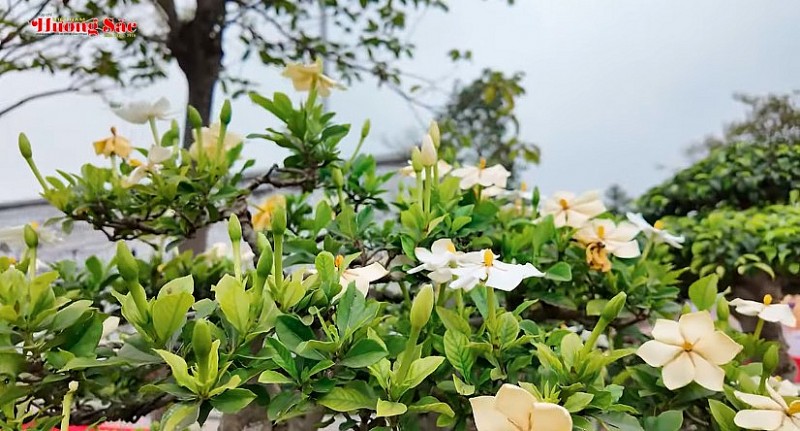Discovering 4 bird species that have captivated the Chinese for centuries
The lark
The lark is one of the most iconic birds, known for its high-pitched voice and graceful appearance. When fully grown, this bird is small, about 190 mm long and weighs about 30 g. The male is easily recognizable by its chestnut-red forehead, the same color as the head and neck. The white and brown plumage around the eyes and eyebrows creates a gentle but attractive beauty.
This bird often lives in arid mountainous areas, deserts and grasslands, preferring to live in flocks, especially during the non-breeding season. They have the habit of flying or running short distances, mainly eating insects and grass seeds. The color of the lark is very diverse, can be mixed between red and blue, contributing to increasing the aesthetic value.
The lark is also known as the "lark" - a small bird of the genus Larus in the order Passeriformes, a typical representative of the grassland ecosystem. What is special is that they often sing when flying, and because they fly so high, people only hear the sound but rarely see their silhouettes. Their clear, far-reaching singing voice has made the word “lark” (the English name for the lark) a symbol of a sweet, pleasant voice in many cultures.
In China, the lark is listed as a level 2 protected wild animal - a testament to the special ecological and cultural value of this bird species.
 |
| In China, the lark is listed as a level 2 protected wildlife species - a testament to the bird's special ecological and cultural value. |
Nightingale
The nightingale is a medium-sized bird belonging to the Aves class and the Timalidae family. The bird's body is about 23 cm long, often living in bushes on hills, bamboo forests or on the edge of villages. They are quite shy, highly alert and mainly forage under the grass in the forest. Although not good at flying long distances, the nightingale stands out for its sweet and powerful song.
During the breeding season, the male bird often hides in the bushes and sings almost all day from morning to night. The melody is melodious, far-reaching and very easy to hear, even compared to a lively piece of natural music. In particular, the final sound in the nightingale's song is somewhat similar to "mo-gi-yiu", so the ancients called it "Ruyi Ruyi" - meaning good luck, good fortune. Nightingales are omnivorous, their diet mainly consists of insects, especially during the breeding season, besides grass seeds and wild fruits.
In terms of distribution, this bird species appears in many areas such as Laos, northern Vietnam, the coastal areas of southeastern China, and is a resident bird in central and southern China, Hainan Island and Taiwan. In particular, the nightingale is considered a symbol of Guangzhou city, not only because of its elegant appearance but also because of its singing voice that has been loved for generations.
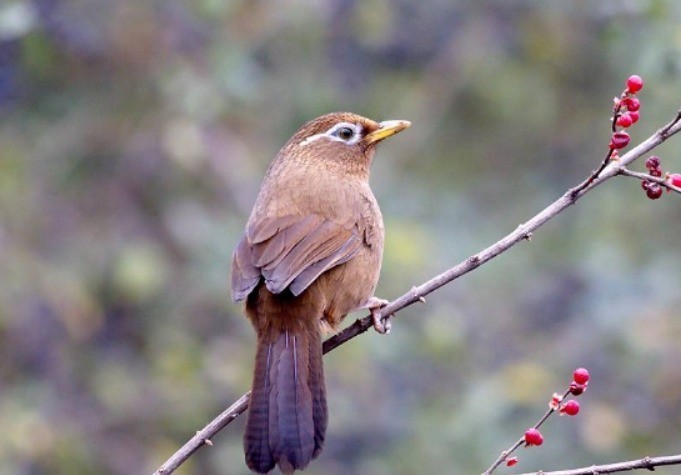 |
| The nightingale is a medium-sized bird of the class Aves and family Timalidae. |
The red-collared sparrow
The red-collared sparrow, also known by many names such as red-collared thrush, spotted thrush, red-chinned thrush, is a bird of the order Passeriformes, family Turdidae, subfamily Turdinae. This is one of the traditional ornamental birds, once kept in royal palaces and famous teahouses such as Santailou or Wujia in Tianqiao area, Beijing.
This bird has a slim, elegant appearance with a body length of about 16 cm. The male has a characteristic olive-brown plumage, the middle part of the feathers is darker, creating depth for the plumage. The throat is prominently red, along with a pure white eyebrow streak running along the eye. The chest is gray, the flanks are brown and the belly is white. In the female, the throat is usually white and the eyebrow streak turns pale yellow.
Their main food is insects such as grasshoppers, stink bugs and ants. In addition, they also eat a small amount of wild fruits and wild grass seeds. The breeding season lasts from April to June. The nest is usually oval-shaped, made from dry grass, fallen leaves, tree roots and natural fibers, skillfully woven between grass bushes close to the ground. The nest has a side entrance and is lined with soft grass. Each nest usually has 4 to 5 eggs, the eggshells are blue-gray or have bright red spots.
After being properly cared for with a suitable diet and raised in a good cage, the red-collared sparrow will sing loudly with a clear, melodious voice. Therefore, they are very popular among bird enthusiasts and often have high export prices.
 |
| When properly cared for with the right diet and in a good cage, the red-collared sparrow will sing with a clear, melodious voice. |
White-eyed bird
The white-eyed bird is the common name for about 97 species of birds in the family Zosteropidae, in the order Passeriformes. This bird has a small body, with a body length of only 9 to 12.2 cm. They have a small beak, about half the length of the head, the tip of the beak is slightly curved down. The nostrils are covered by a thin membrane, and the tongue can flexibly retract, the tip of the tongue is covered with a cluster of hard horn fibers - a feature adapted for sucking nectar.
The most prominent feature of this bird is the ring of fine white feathers surrounding the eyes, forming a characteristic eye circle like white glasses - which is also the origin of the name "white-eyed bird". Both male and female birds have almost identical shapes and colors.
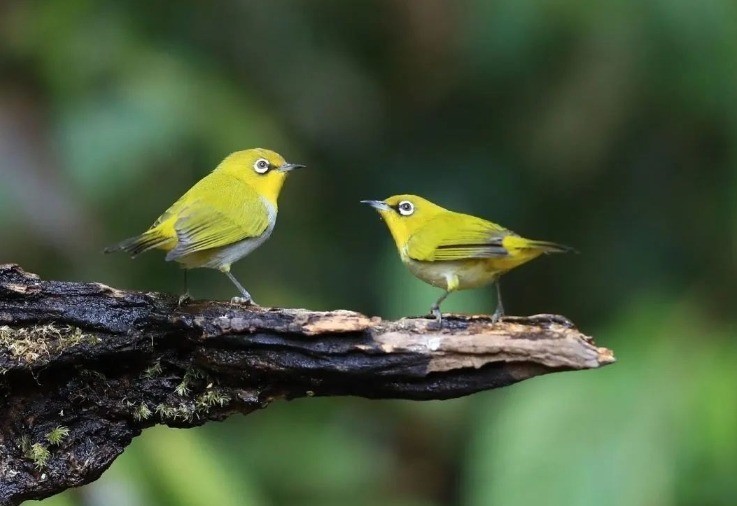 |
| White-eyed birds are the common name for about 97 species of birds in the family Zosteropidae, in the order Passeriformes. |
White-eyes are completely arboreal, feeding mainly on small insects, nectar and sweet, soft fruits. They are very agile, flexible and highly gregarious. Although most species only make soft calls, there are some species that have louder and clearer calls.
This bird is widely distributed from South Asia, through Southeast Asia, to Oceania and Africa. They often live in dense forests, forest edges, and even in cultivated lands with dense vegetation. Thanks to the habit of eating nectar and pollen, white-eyes also contribute significantly to pollination and maintaining natural ecosystems.
Other News


56-year-old man living alone in the forest for 27 years with birds
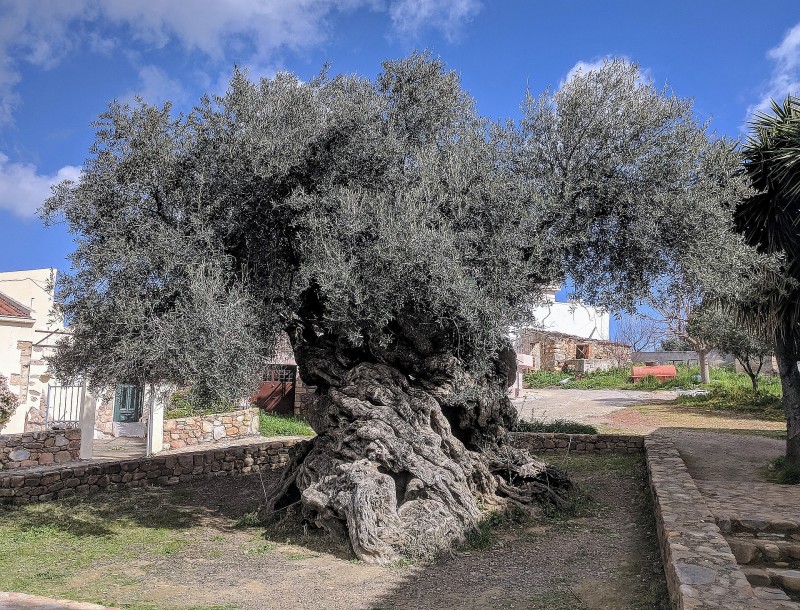
Gazing at a 5,000-year-old olive tree in Greece
Read more
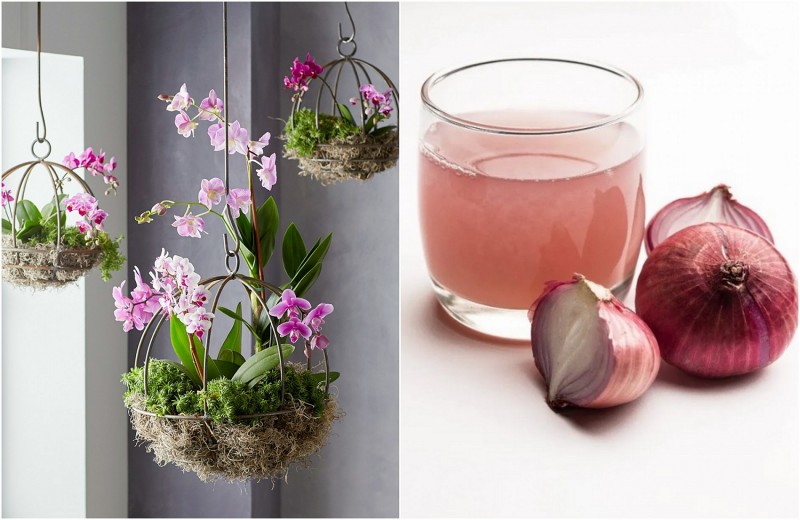
Not water, but understanding makes ornamental plants flourish

Bioponic vertical garden: When green sprouts in the heart of the city

Breakthrough mechanisms needed to promote biotechnology application in Hanoi’s agriculture

Fish robots: Technological solutions open the era of smart aquaculture
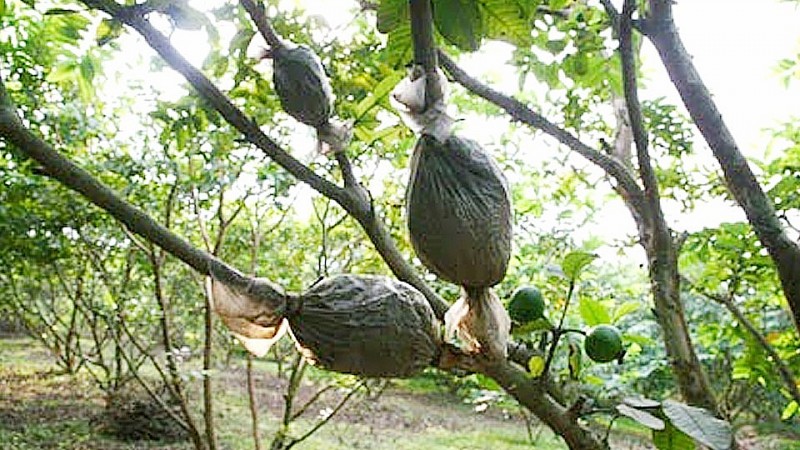
Air layering plants: An effective propagation method with great economic potential

Deteriorating air quality: Time for Hanoi to make bold investments in green spaces

From fake fertilizers to green transformation: Opportunities in challenges

White Camellia: Nature-Healing Ornamental Treasure
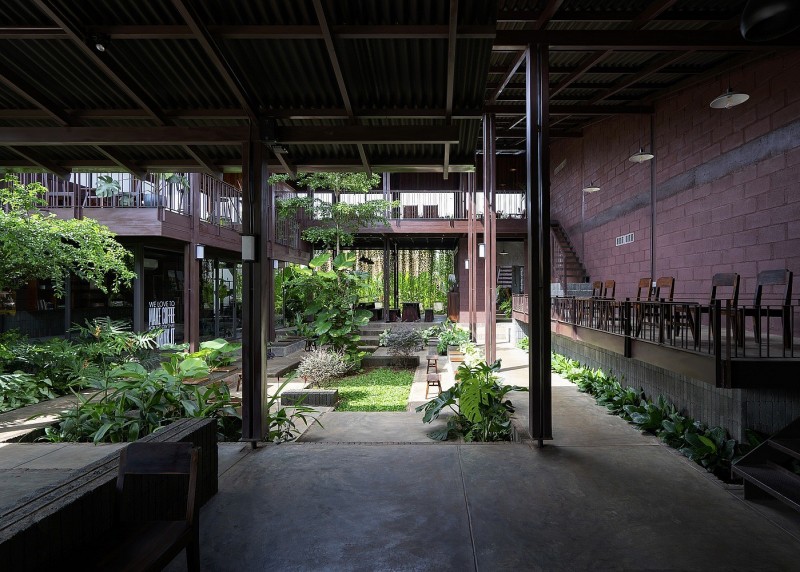
Coffee commune: A Green architectural space for community memory

Accompanying sustainable agriculture: Perspective from Agribank and opportunities for developing Vietnam's Ornamental Plants industry
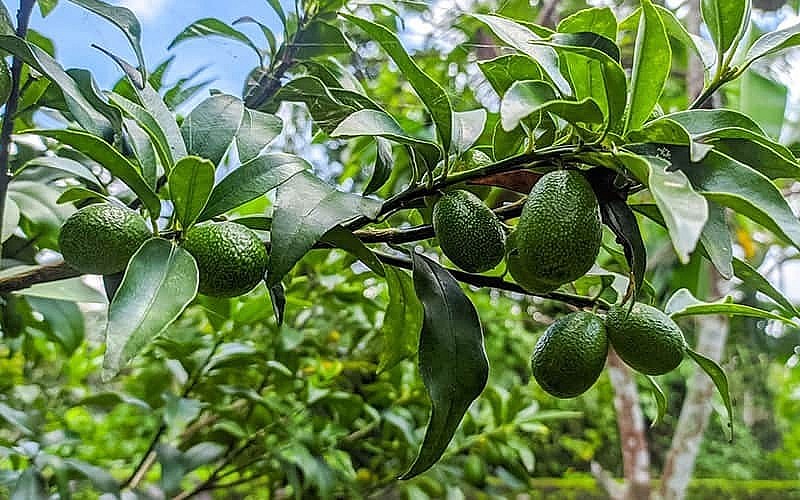
A superfruit widely grown in Vietnam, securing farmers stable income

STP Group: Nguyen Thi Hai Binh - The pioneer woman bringing the ocean into the circular economy and the journey of "connecting values - connecting the community"
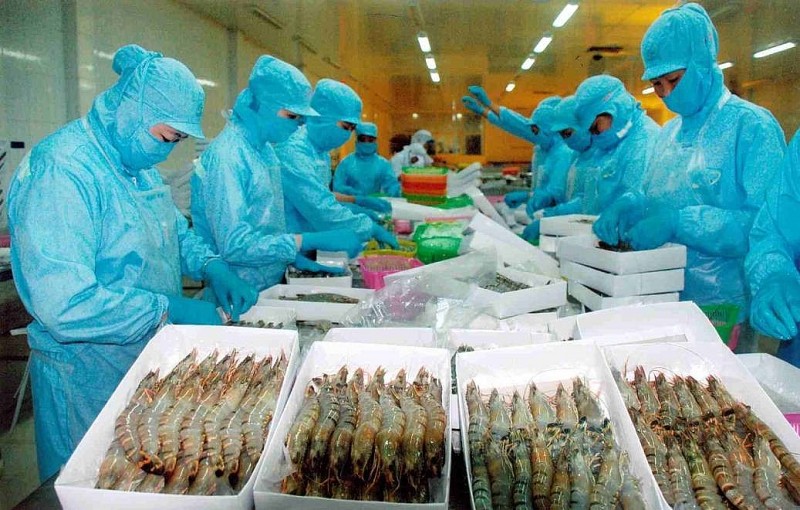
US imposes 46% reciprocal tax on Vietnamese goods: Risks and solutions for agricultural exports
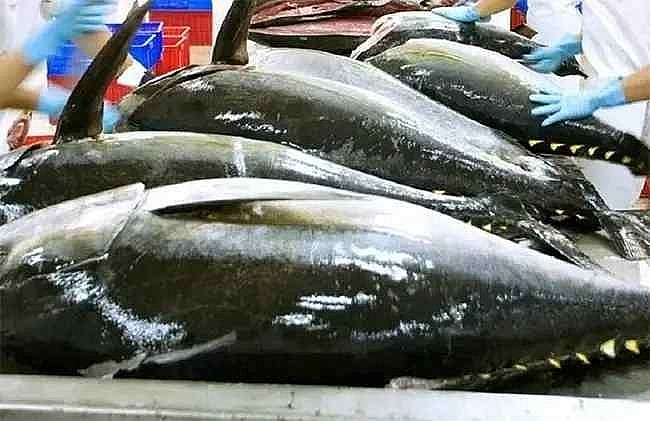
After durian, Vietnamese tuna emerges as a strong competitor to Thailand in global market

Vietnam named one of Asia’s top wildlife watching destinations
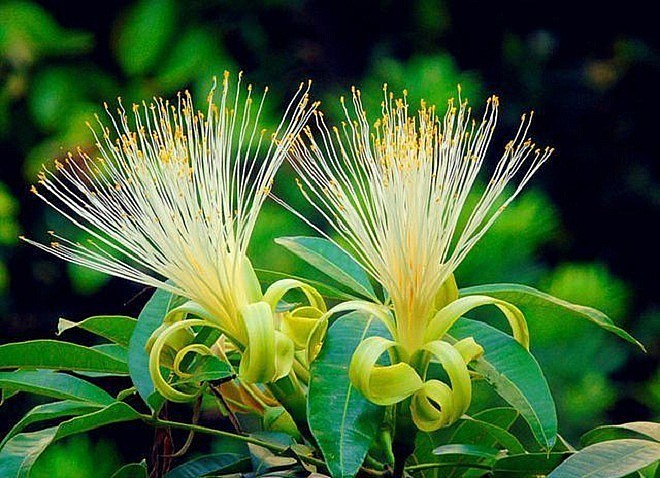
Blooming money tree - A rare omen of wealth and prosperity

Bún Flowers: Hanoi’s hidden floral delight
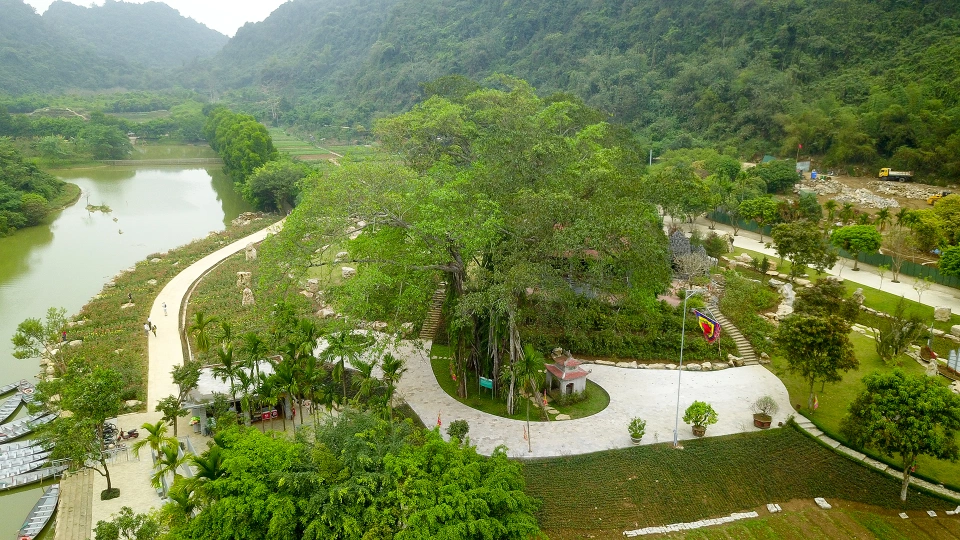
The thousand-year-old "moving" banyan tree in Ninh Binh, each step takes a century
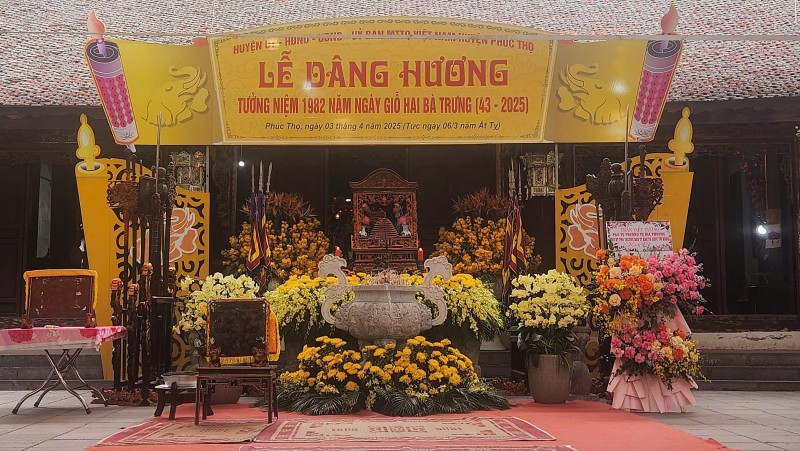
Hat Mon Temple – Historical Mark of Hai Ba Trung

Phong Nha - Ke Bang National Park: Revival of 7 rare Indochinese tigers
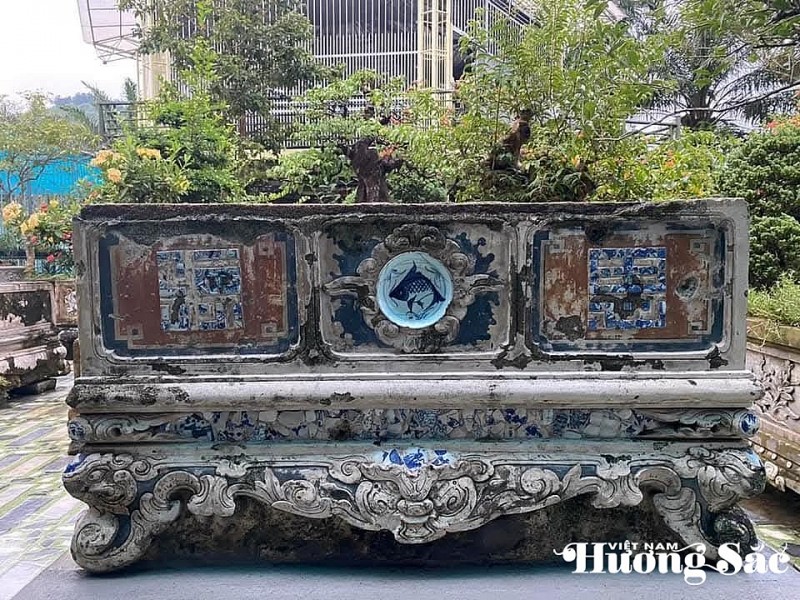
The 9X artist turns water hyacinth into living art
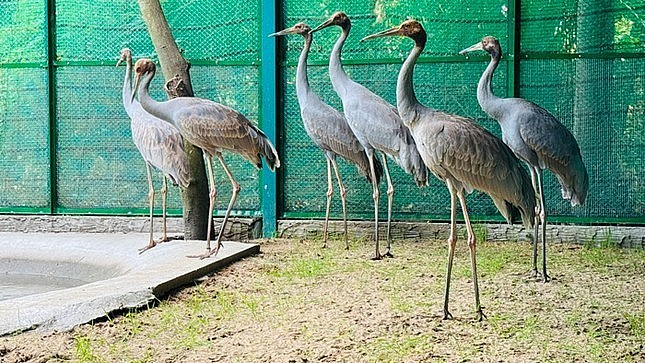
6 Sarus Cranes complete quarantine, set to return to Tram Chim National Park

Hong Loan Mai – The graceful charm of a bonsai beauty
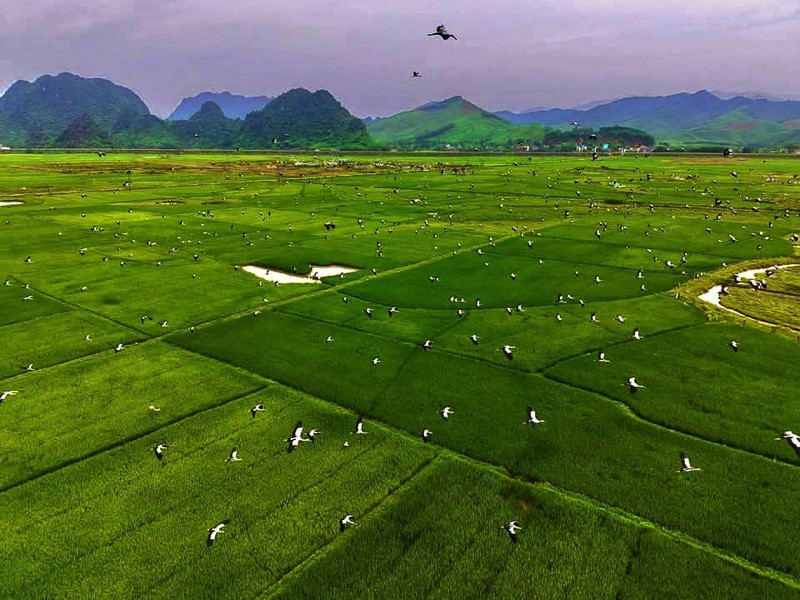
Endangered stork species making surprise appearance in Phong Nha - Ke Bang

Department of Crop Production and Plant Protection: "Orienting the total production value of flower and ornamental plant sector reach 70-75 trillion VND by 2025"

The 9X artist turns water hyacinth into living art

Over 1,000 artworks featured in the 2025 Expanded Ornamental Creatures Exhibition of Van Giang District

Endangered stork species making surprise appearance in Phong Nha - Ke Bang

Over 1,000 master bonsai trees gather in Quang Ngai, dazzling plant enthusiasts
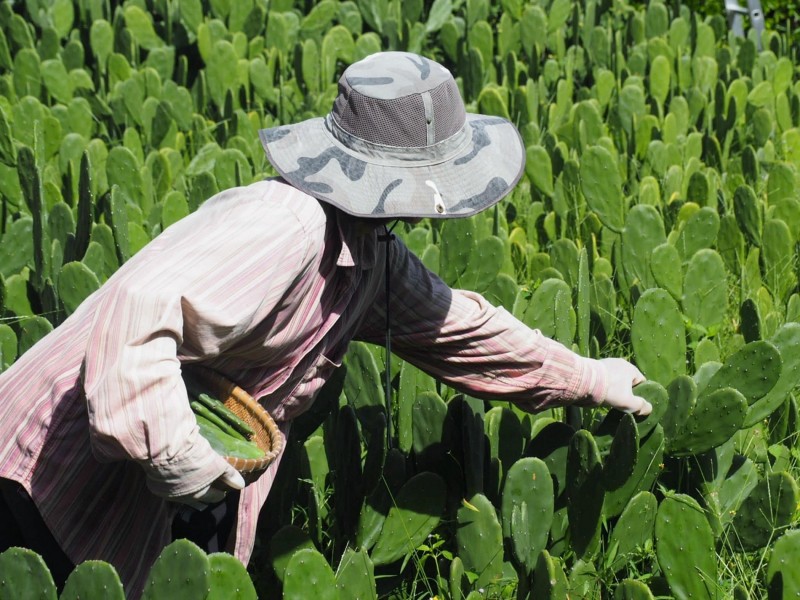
Leaving a $1,000 office job, engineer turns cactus into food and drink
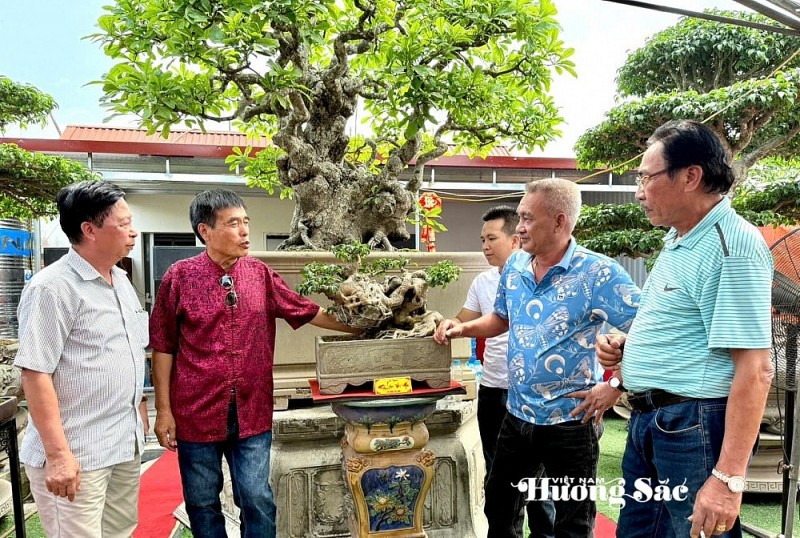
Hoa "Taxi" - A typical bonsai artist in Van Giang District, Hung Yen Province
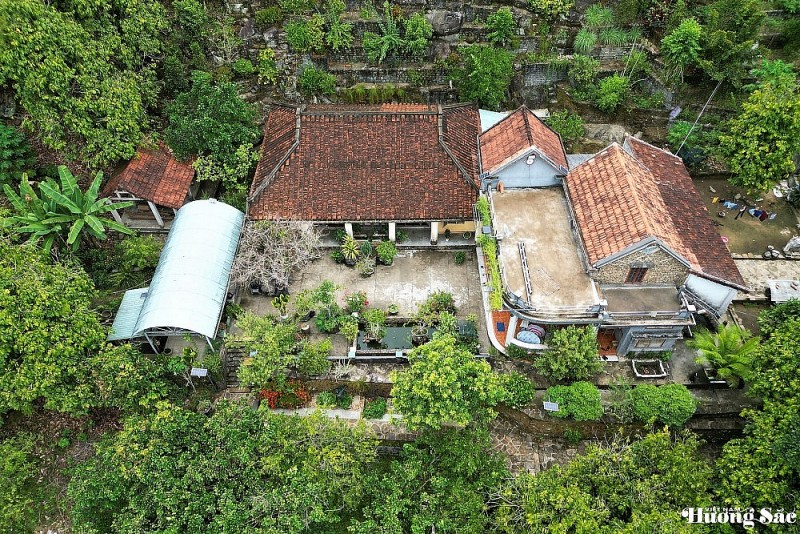
Look inside the million-dollar jackfruit wood ancient house in Quang Nam Province
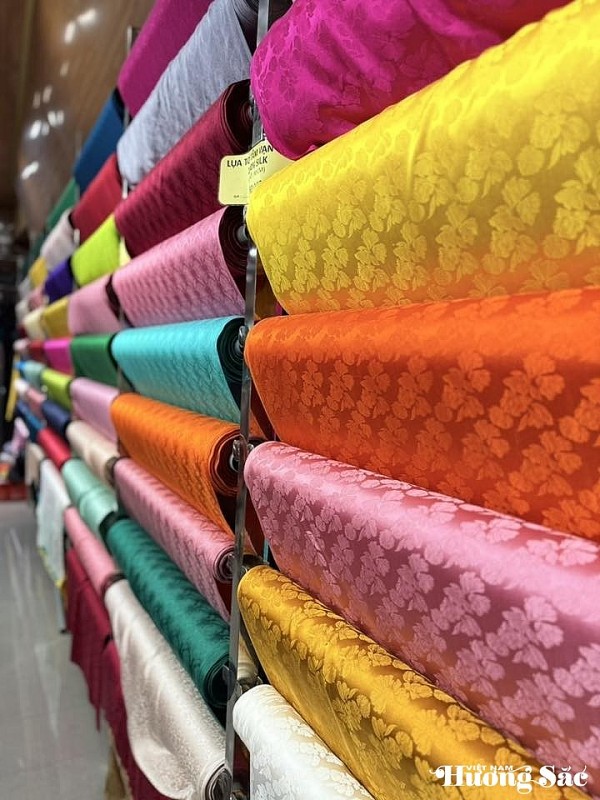
Van Phuc Silk Village: Weaving tranquility through memories and colors
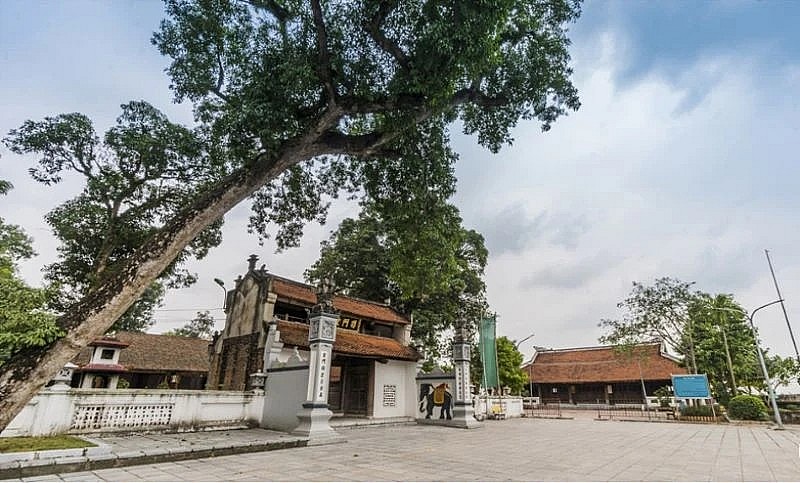
Exploring Hat Mon Temple in Hanoi

From the first granule of urea to a national brand: PVFCCo and its mission beyond the continent

STP Group: Nguyen Thi Hai Binh - The pioneer woman bringing the ocean into the circular economy and the journey of "connecting values - connecting the community"

Toward the Celebration of the 63rd Anniversary of Lam Thao Superphosphate Company: From following President Ho Chi Minh’s wish to a national brand

Trailer introducing the special issue of Vietnam huong sac Magazine, published on May 19
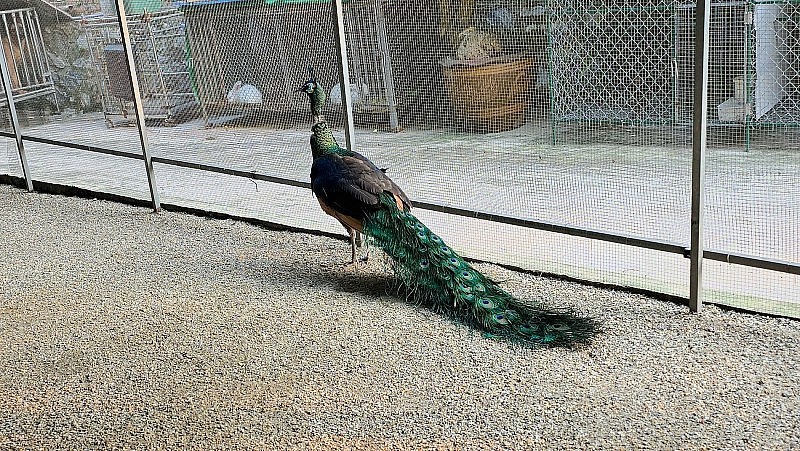
Surprised by rare songbirds at Dung Tan Center in Thai Nguyen Province
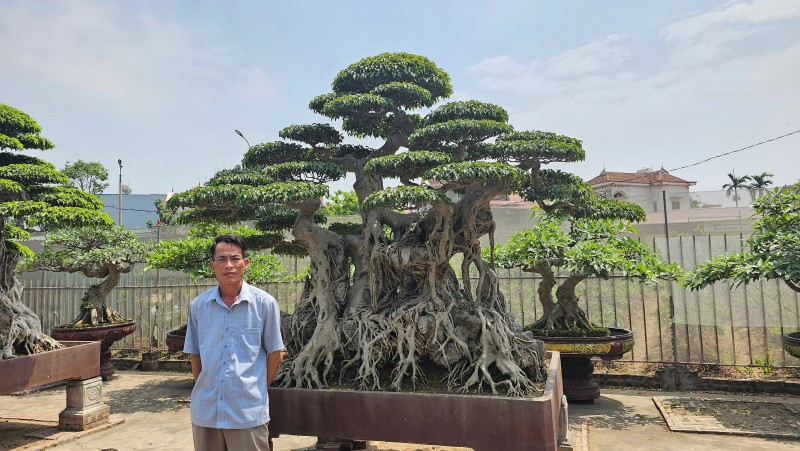
A passionate horticulturist committed to preserving the Sanh Da bonsai lineage in Hưng Yên

Look inside the million-dollar jackfruit wood ancient house in Quang Nam Province
